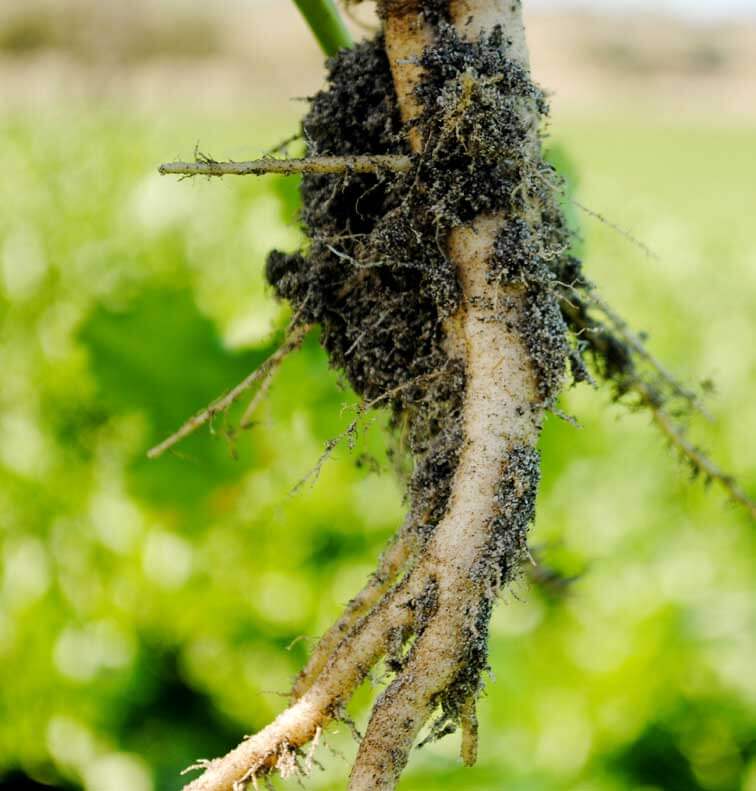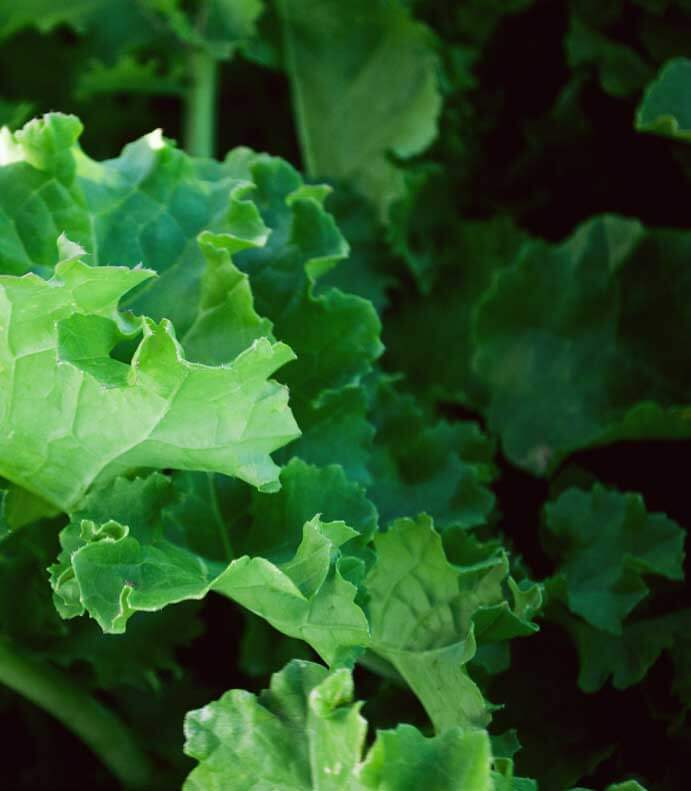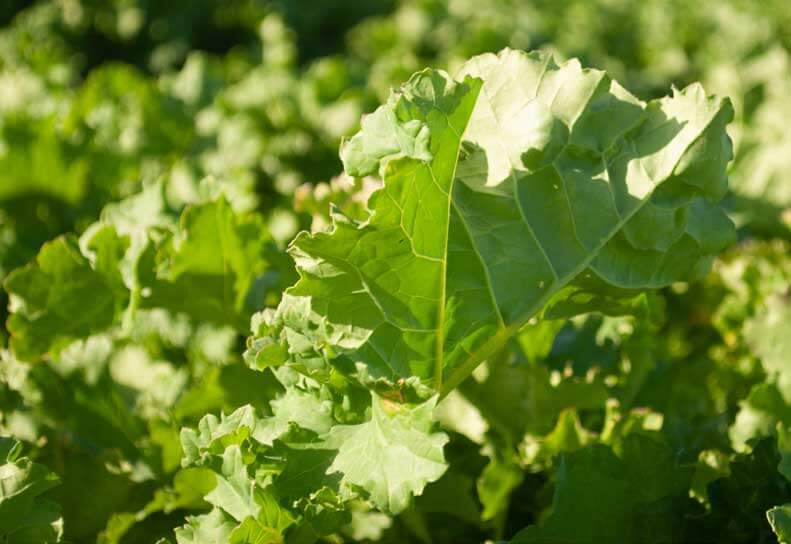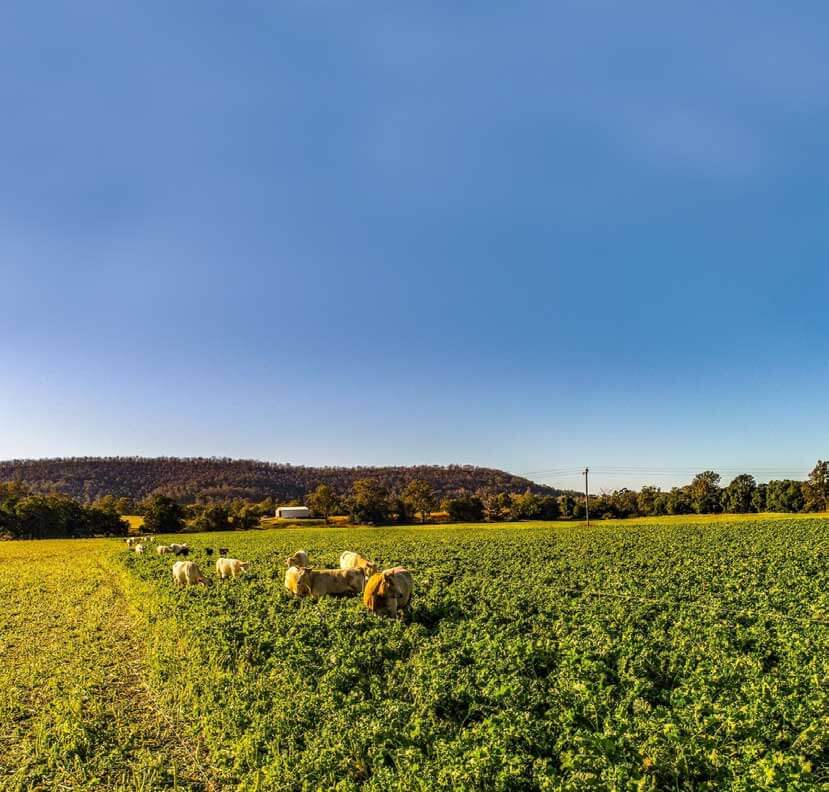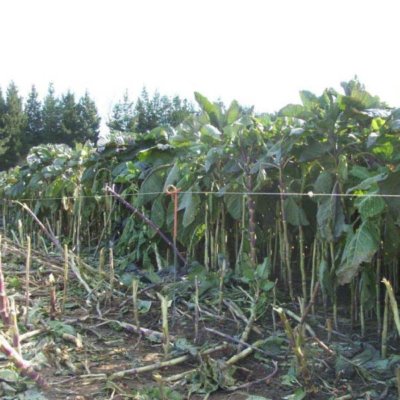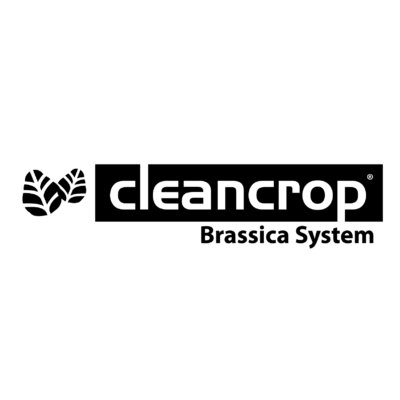Description
Pallaton Raphno® is a raphanobrassica, a hybrid between Brassica oleracea (kale) and Raphanus sativus (radish). It is high yielding offering flexible grazing as early as 56 days after sowing, but can also be deferred up to 100 days after sowing. It is persistent under multiple grazings and has shown high palatability to stock. With efficient user of water and aphid resistance it is perfect for many farming operations.
- Persistence under multiple grazings
- 32% increase in aphid tolerance relative to forage rape
- 38% increase in water use efficiency relative to Goliath® forage rape
- Highly palatable
- Increased liveweight production per hectare
Pallaton Raphno provides feed when farmers need it most, bridging the autumn/summer feed gap for beef, sheep and dairy as a result of its impressive water use efficiency.
Pallaton combines five important traits to suit Australian farmers within increasingly challenging environments.
- High yielding: Pallaton has a 14% increased yield advantage relative to Goliath® forage rape in a multi-graze system (total cumulative yield from repeat harvests).
- Flexibility: Graze Pallaton as early as 56 days after sowing (DAS), to maximise crop utilisation and regrowth potential. It can deferred up to 100 DAS, however utilisation and regrowth potential will be reduced. Pallaton does not have a specific maturity requirement.
- Water use efficiency: 38% increase in water use efficiency (WUE) relative to Goliath® forage rape.
- Persistence under multiple grazings: Pallaton has excellent regrowth potential and has the ability to persist for 4-5 grazings over a 12 month period.
- Aphid tolerance: 32% increase in aphid tolerance relative to forage rape. Pallaton also has a higher level of tolerance to White Butterfly and Diamondback Moth.
| Variety | Pallaton Raphno |
| Species | Hybrid between Brassica oleracea (kale) and Raphanus sativus (radish) |
| Leaf size | Very large |
| Disease tolerance | Very good |
| Pasture life | Annual |
| Sowing rate | 8kg/ha |
| Pack sizes | Sold in 1 hectare packs (8kg bags) |
| Sowing depth | 10 mm |
| Soil temperature | 12 degrees and rising |
| Weeks to first grazing | 8 weeks |
Sowing and establishment
Pallaton Raphno® is sold by the hectare, and is sown at a rate of 8 kg/ha. Pallaton seed should be sown at a depth of approximately 10 mm and rolled until firm. Sow at soil temperatures of 10°C and rising. Available under agency agreement through accredited retailers only, such as Notman Pasture Seeds.
Grazing management
Rotational grazing, strip grazing or set stocking grazing management protocols will need to be implemented for stock grazing Pallaton.
Rotational grazing: Take advantage of Pallaton’s regrowth ability by setting up a rotation – this is the best way to achieve the highest number of grazings over a season. Divide the total area of crop into blocks (i.e. 4 blocks) and use a rotation length of 28-40 days, depending on your area and climatic conditions.
Set stocking: If it is not practical to utilise a rotation, instead of shifting at regular intervals animals can stay on the crop for a fixed period of time. Take a yield assessment prior to grazing to work out a stocking rate that will calculate the right number of animals for the required time.
Strip grazing: If using a strip grazing method and repeat grazings are required, back fencing grazed areas and managing good residuals is critical to protecting re-growing plants due to the risk of treading damage and over grazing. Strip grazing









